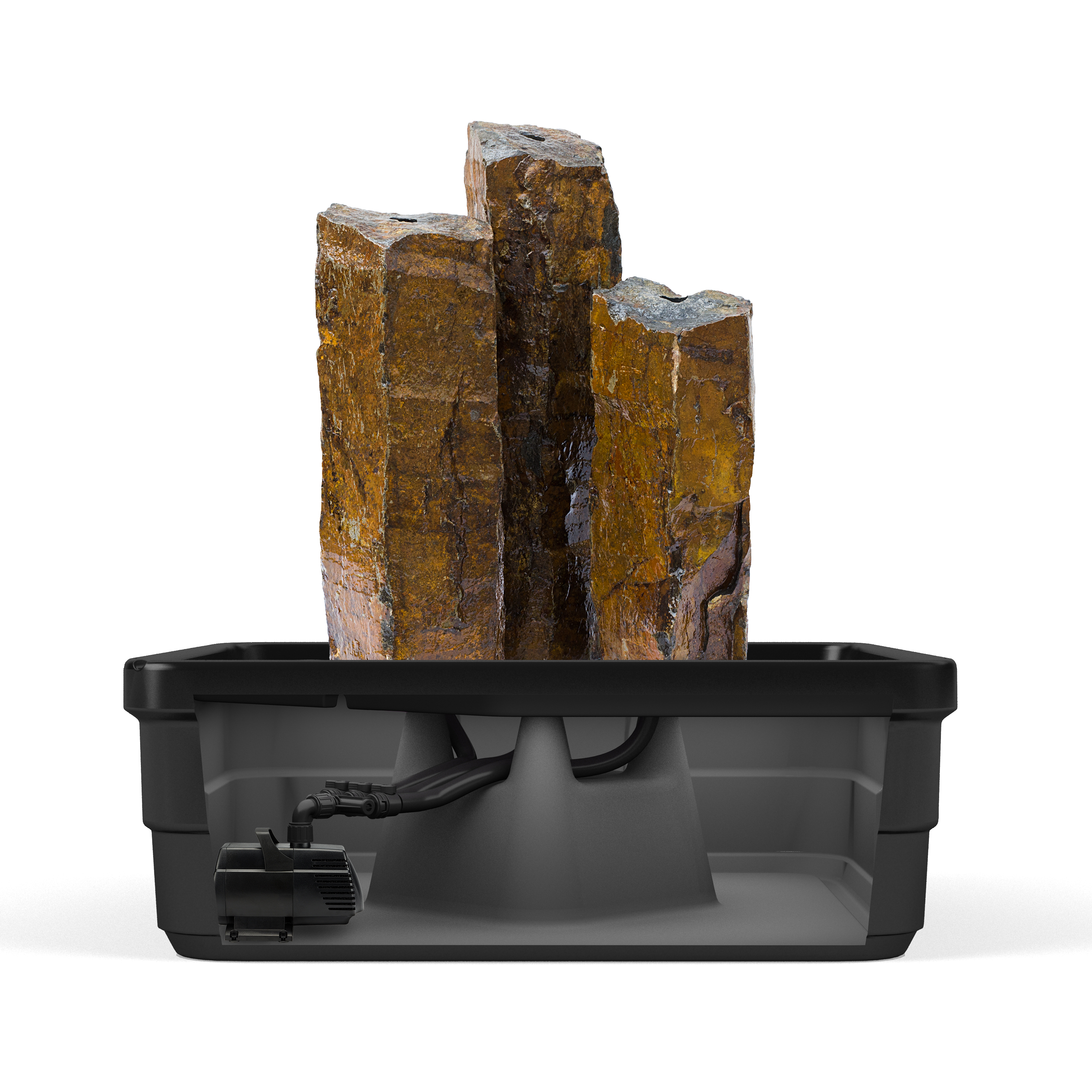
working water feature repairs
Water Feature Repairs
Today we will be talking specifically about water feature repairs. If you have a water feature on your property, it’s important to know how to properly maintain and repair it. Water features can be delicate and require special care. In this article, we will provide a basic guide on how to repair water features. We will also include extended help, FAQs, and bullet points and lists.
Water features add beauty and value to any property. They are also tranquil and can be relaxing to listen to. But if not maintained properly, water features can become damaged or even completely destroyed. Whether you have a small water fountain or a large pond, it’s important to know how to take care of it.
Most water features are made of concrete, stone, metal, or glass. Concrete water features are the most common and can be found in both residential and commercial properties. Stone water features are also popular, but require more maintenance than concrete ones. Metal water features are less common, but can add a unique touch to any property. Glass water features are the most delicate and require special care.
Fixing Water Feature Repairs
The first step in repairing a water feature is to identify the problem. Common problems include leaks, cracks, clogs, and algae growth. Once you have identified the problem, you can begin to repair it.
Repair Water Feature Leaks are one of the most common problems with water features. If your water feature is leaking, it’s important to find the source of the leak and repair it as soon as possible. The most common cause of water leaks is cracked pipes. If you have a concrete water feature, it’s also important to check for cracks in the concrete. These can be repaired with a patching kit.
Water Feature Cracks in water features can be caused by many things, including water pressure, weather changes, and ground movement. It’s important to repair cracks as soon as possible to prevent further damage. Stone water features are especially susceptible to cracking, so it’s important to check them regularly.
You’ll want to fix any water feature repairs such as clogs. These clogs can occur in any type of water feature. They are most commonly caused by dirt, debris, or algae. Clogs can be removed with a plunger or an algae brush. If the clog is severe, you may need to call a professional.
Algae growth is common during water feature repairs, especially those that are not properly maintained. Algae can be removed with an algae brush or a chemical treatment. It’s important to remove algae as soon as possible to prevent it from spreading.
Seasonal Damage
Water features are also susceptible to seasonal damage. In the winter, water can freeze and cause cracks in concrete and stone water features. It’s important to drain water from your water feature before the first frost to prevent this from happening.
In the spring, heavy rains can cause water levels to rise and overflow. This can cause damage to your water feature and surrounding property. It’s important to check your water level regularly during the spring to prevent this from happening.
Summer weather can also be damaging to water features. Extreme heat can cause metal parts to warp and glass to crack. It’s important to keep your water feature out of direct sunlight during the summer months.
Fall is a good time to inspect your water feature for any damage. Leaves and other debris can fall into your water feature and cause clogs. It’s important to remove these before they cause problems.
Tools Needed
There are a few tools that you’ll need to repair your water feature. These include a patching kit, an algae brush, and a plunger. You may also need a chemical treatment for algae growth.
- Patching kit – A patching kit is used to repair cracks in concrete water features.
- Algae brush – An algae brush is used to remove algae from your water feature.
- Plunger – A plunger can be used to remove clogs from your water feature.
- Chemical treatment – A chemical treatment can be used to kill algae and prevent it from growing back.
Water Feature Maintenance
Preventative maintenance is the best way to avoid water feature repairs. It’s important to inspect your water feature regularly for any damage. If you find any damage, it’s important to repair it as soon as possible.
It’s also important to clean your water feature regularly. This will help prevent algae growth and clogs.


